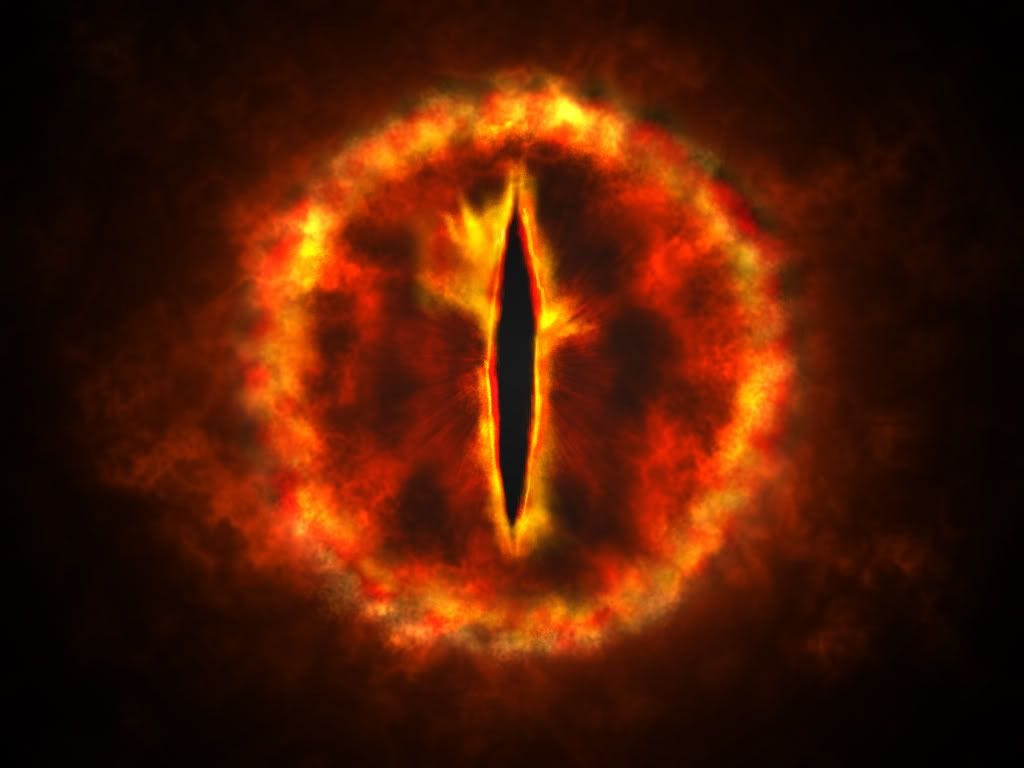Pouring Lead and the Evil Eye

Much to my disappointment, the Five Towns Jewish Times this week features an article praising Rebbetzin Aidel Miller and her methods of removing the "evil eye." These include red threads, a vial of holy water from the Baal Shem Tov's well, and the Italian witchcraft charm of ruta sprigs. But the focus of the article, and the primary source of Rebbetzin Miller's fame, is her practice of bleigiessen, pouring lead. As the article describes:
To perform blei gissen, Rebbetzin Miller takes an ordinary looking pot, places a small bar of lead in it, and begins heating it on the kitchen stove. She gives out a laminated sheet with a tefilah on it to read while the lead melts. She does this in a typical kitchen with foods baking and children walking through. When the tefilah is finished and the lead has melted. Rebbetzin Miller casts a thick, off-white sheet of cloth like a tallis over the person. The molten lead is poured from the saucepan into a pot of cold water above the person’s head as the Rebbetzin speaks softly. The lead crackles and pops as it hits the cold water. The sheet is removed. The lead has fragmented into long pieces that look like silver twigs. If some of them have bulbous ends, the Rebbetzin explains, “Those are eyes. There is some ayin ha’ra. We have to do it over.”
Sometimes a curved piece can emerge that the Rebbetzin says is a “bird,” which signifies an imminent simcha. She repeats the process one more time to make sure all the ayin ha’ra is gone. Then, for good measure, she takes the names of a couple of the person’s family members and pours lead in their names. She concludes by pressing a few red strings from Kever Rachel on the subject along with a sprig of ruta in a tiny plastic bag.
At the end of the article, it does say that "it is ultimately tefilah that will make the difference in our lives," and that segulos are "a means of getting us to pray." But, frankly, that seems disingenuous. The point of visiting Rebbetzin Miller, in her tour across the US, is not to pray - it's to pour lead!
So where does this practice of divination via pouring lead come from? The article claims that bleigiessen "has its source in the Gemara." It does not provide the source, and I haven't been able to find any Gemara that speaks about it. Not that it would make it any the more rationalist if it was in the Gemara; after all, there are plenty of non-rationalist beliefs recorded in the Gemara, often relating to demons, none of which are really taken seriously today by anyone. Still, at least one could then legitimately claim it to be a classical Jewish practice. If there is no source in the Gemara, then the author of this article is guilty of misrepresentation.

What is the real source of bleigiessen? Known in English as molybdomancy, it appears to have originated in Ancient Greece, and later became a popular custom in Germany. It is still popular in Germany, where one can buy bleigiessen kits. However, authorities there have tried to discourage it, due to the dangers of lead poisoning, and bleigiessen kits that are sold in Germany today contain tin rather than lead.
In the past, I have written about how I am fairly tolerant of superstitions - one person's segulah is another person's fundamental religious belief. How much more inherently irrational are segulos than, say, tefillas haderech (which I am extremely makpid about)? Furthermore, they can be psychologically helpful.
However, I am gradually becoming less and less sympathetic to them. First of all, I have seen how some capitalize on segulos in order to take advantage of people. Second, the entire anti-scientific mindset is clearly very harmful - just look at the new measles outbreak, which seems to be caused by the anti-scientific anti-vaccination movement. Third of all, this specific segulah is particularly harmful, due to the risk of lead poisoning, which is extremely dangerous.
It's a pity that people can't make use of more traditional segulos. Here is Rabbi Dovid Landesman's list of segulos that are indeed rooted in classical Judaism:
1. Segulah for recovery from illness – go to a doctor [Berachot 60a, Bava Kamma 46b)
2. Segulah for longevity – lead a healthy lifestyle (Rambam, De’ot 4:20)
3. Segulah for marriage – look for a suitable wife (Kiddushin 2b)
4. Segulah for shalom bayit – love and forebearance (Sanhedrin 7a, Bava Metzia 59a)
5. Segulah for children – prayer to Hashem (Shmuel I 1)
6. Segulah for yir’at Shamayim – learning (Avot 2:5)
7. Segulah for spirituality – learning and mitzvah observance (Megillah 6b)
8. Segulah for kavanna in prayer – take it seriously (Berachot 5:1)
9. Segulah for pure faith – don’t believe in segulot (Devarim 18:13)
10. Segulah for parnasa – learn a profession (Kiddushin 30a)
Other posts on this topic:
The Ring of PowerBaby's Blue BeadsManipulating with Mysticism for Money


